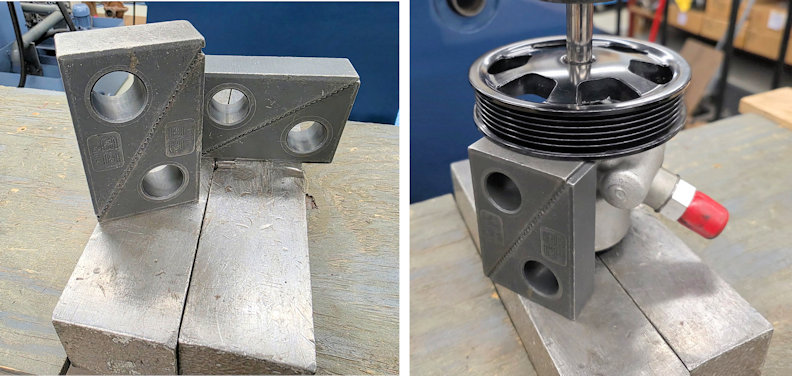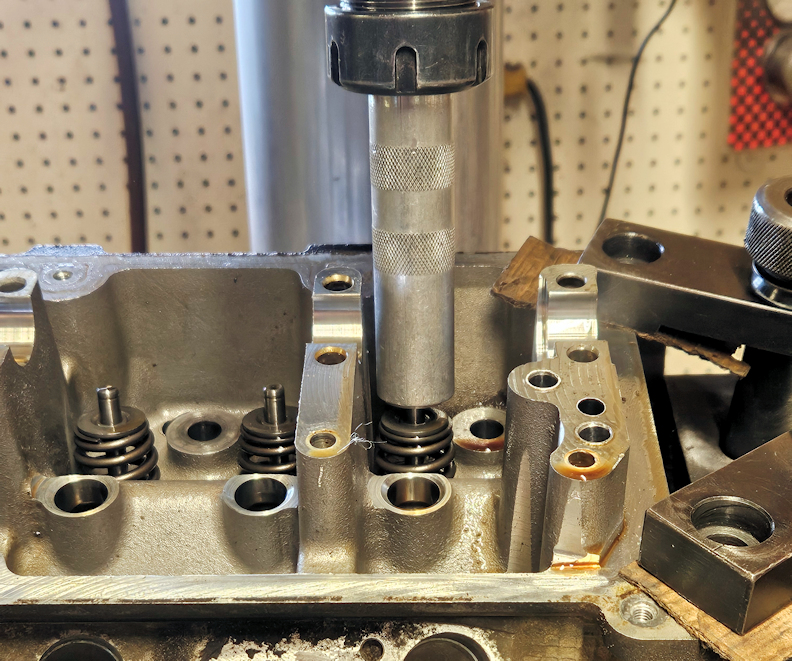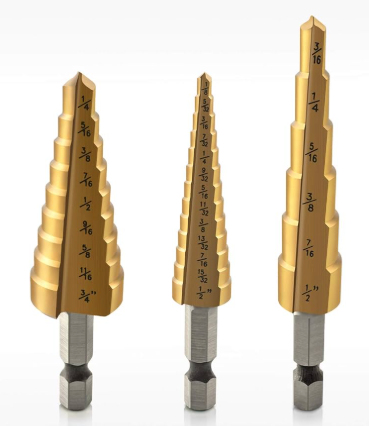When setting up a job on one of our milling machines, we lightly run a fine grit whetstone lightly over the milling machine’s table to make sure there are no tiny dings, lumps or bumps on the table that may cause inaccuracies when milling. The whetstone eventually...






